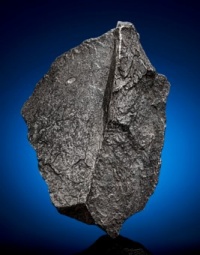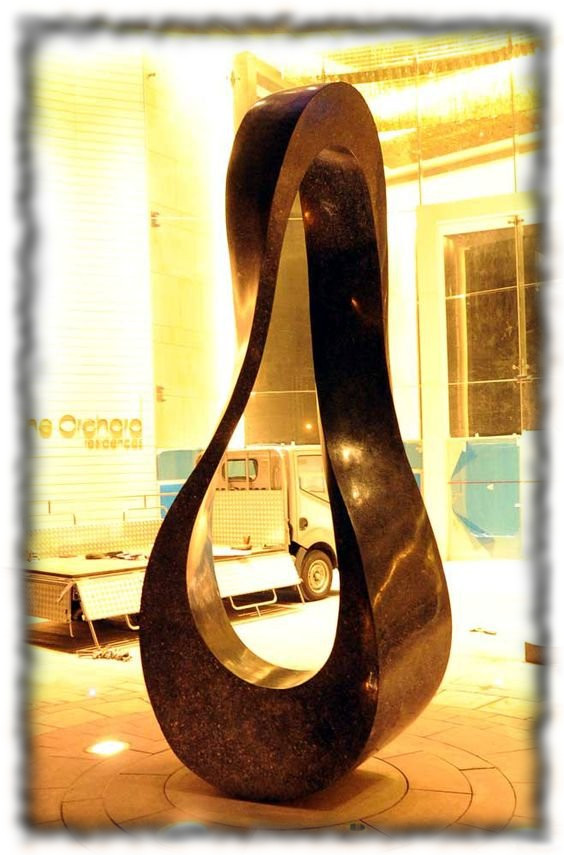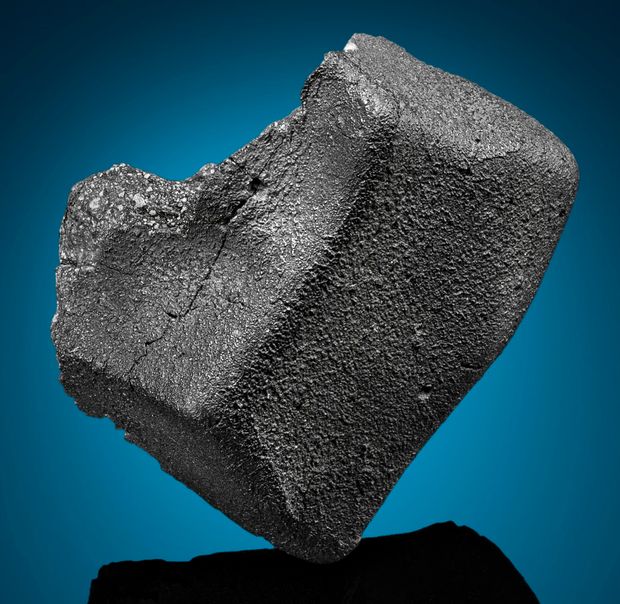Dark Idol of Detroit: Difference between revisions
| Line 21: | Line 21: | ||
== '''Fragments''' == | == '''Fragments''' == | ||
=== '''1900''' -- S.V. Distant Horizon === | === '''1900''' -- S.V. Distant Horizon === | ||
[[File:Dark Stone fragment 1.jpg]] | [[File:Dark Stone fragment 1.jpg|200px]] | ||
<br> | <br> | ||
<br> | <br> | ||
| Line 28: | Line 28: | ||
<br> | <br> | ||
---- | ---- | ||
=== '''1929''' -- Ambassador Bridge === | === '''1929''' -- Ambassador Bridge === | ||
[[File:Dark Stone fragment 2.jpeg]] | [[File:Dark Stone fragment 2.jpeg]] | ||
Revision as of 19:24, 28 August 2020
Appearance
References to the Dark Idol are few and only one description comes down to us from French Catholic missionaries who arrived in the area of modern Detroit in the early years of the 1670s. In the journals of one André Aurèle Fabron, a missionary and blacksmith, there is a description of the idol as formed of a strangely slick dark stone bearing the sinuous shape of a monstrous flatworm without head or tail. Monsieur Fabron describes the idol as being the height of one and a half men and being impossibly heavy and that blood sacrifices revealed strange markings all along the surface of the idol.
The French blacksmith also recounts that when the moon was dark that he had strange visions after looking within the hollow heart of the Dark Idol. When it was decided by the missionaries that it was only right that they destroy the idol venerated by the savages of the area, several weapons were destroyed upon its seemingly fragile surface, and that the only weapon that could damage the idol was an old smith's hammer handed down from father to son in the line of Fabron. However, the blade did its work and the Dark Idol was broken into twelve pieces which were thereafter buried beneath an equal number of missionary pear trees named individually for the twelve Apostles.
Background
Very little is known of the origin of the Dark Idol said to be worshiped by the indigenous tribes at the time of Fabron's account. Archeological research reveals that the region in and around Detroit has been inhabited as far back as 11000 B.C., Mound-builders lived in the area and mounds were noted at several locations in present-day Detroit, including at Fort Wayne and Springwells. In the 17th century, the region was inhabited by the Huron, Odawa, Potawatomi and western nations of the Iroquois League. The first Europeans did not penetrate into the region and reach the straits of Detroit until French missionaries and traders worked their way around the Iroquois, with whom they were at war in the 1630s. In the late 1600s, raids led by the Five Nations of the Iroquois throughout the region drove out competing native peoples in order to control the fur trade.
The French Catholic missionaries of Fabron's party arrived in the area in the early 1670s during which they established ties with the local tribes and built a settlement. Sometime later there was conflict between the missionaries and their erstwhile converts. Twenty-five years passed without word from the missionaries and when Antoine de la Mothe Cadillac led his soldiers and settlers to the site they found the permanent settlements all abandoned with no sign of what might have befallen the doomed missionaries.
Vibe
Simultaneously
Fragments
1900 -- S.V. Distant Horizon

After a botched reading from Strasbourg Codex, Dr.Hall and his sister Dr.Loren Reese are transported to nineteenth century Detroit, and find themselves aboard a science vessel moored at the Erma Henderson marina in the Gold Coast district. A supernatural feeling leads them to the ship's bilge where Tremen finds their first fragment. Shortly thereafter, some unknown minutia triggers the fragment which transports the undead siblings to the Ambassador Bridge of 1929.
1929 -- Ambassador Bridge
1885 -- Detroit River Light
[[]]
1954 -- Packard Motel
[[]]
1841 -- Elmwood Cemetery
[[]]
1670 -- Waterworks Park
[[]]
???? -- Next Fragment
[[]]

